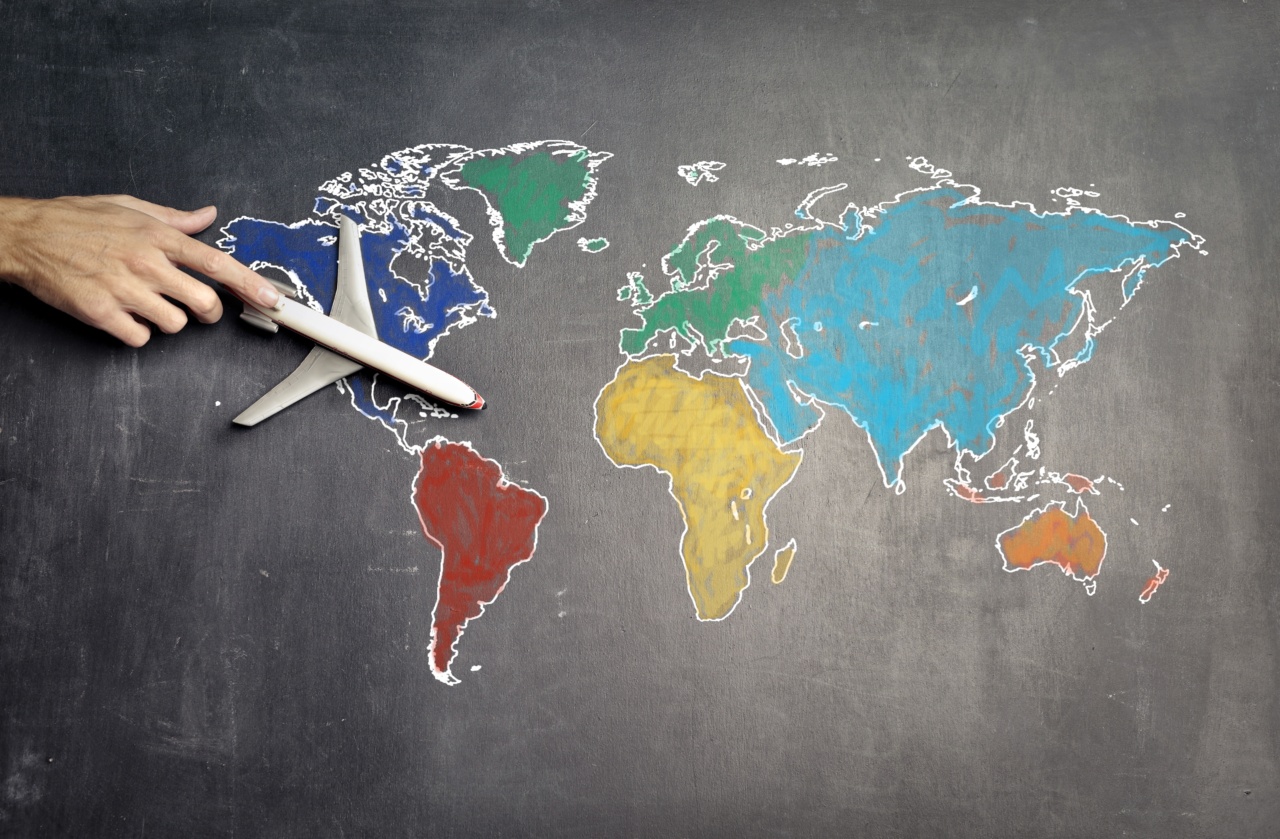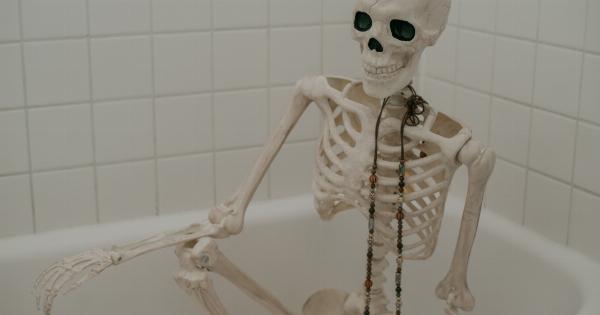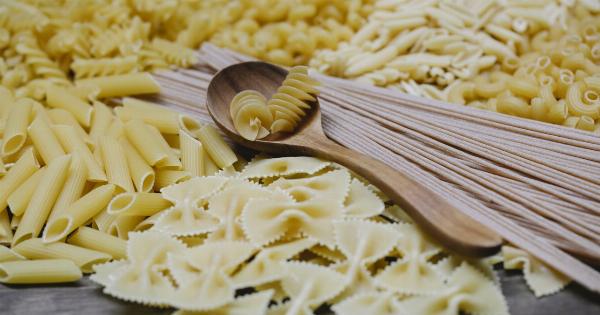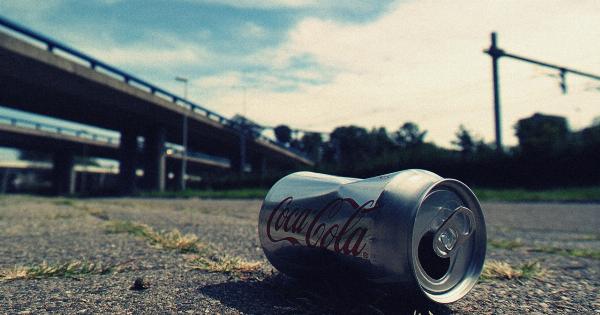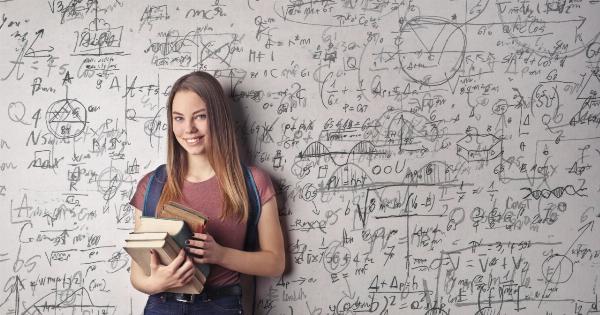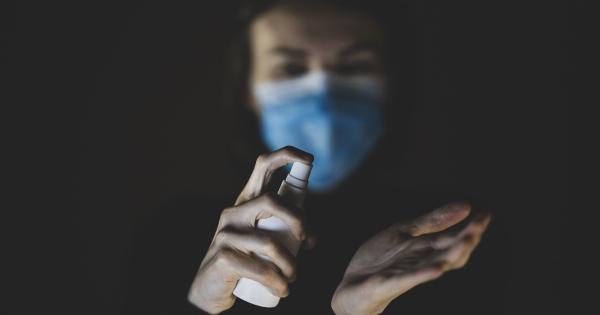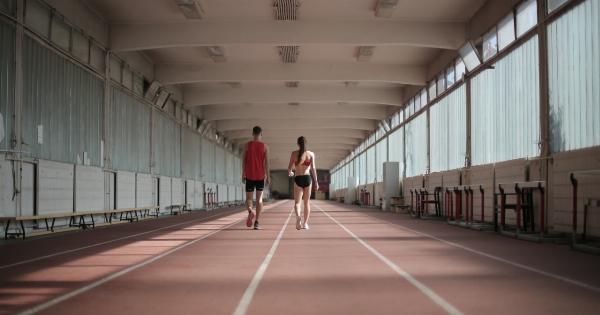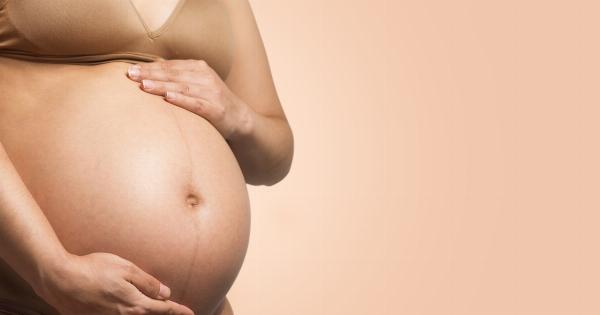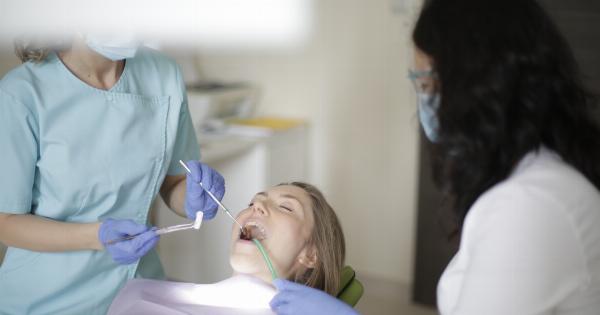Humans have a complex and intricate body system that allows us to perform various functions. The study of the human body, also known as human anatomy, is an important field of science that helps us understand our physical makeup.
Discovering the human body is an exciting journey that can be approached in various ways. This guide provides a complete overview of the human body, its functions, and how it works.
The Skeletal System
The skeletal system is made up of bones, cartilage, and ligaments that support and protect the body. It is divided into two major parts: the axial skeleton and the appendicular skeleton.
The axial skeleton consists of the skull, spine, and rib cage, while the appendicular skeleton includes the limbs and the girdles that attach them to the axial skeleton.
The Muscular System
The muscular system is responsible for the movement of the body and the internal organs. It is made up of three different types of muscles: skeletal, smooth, and cardiac.
Skeletal muscles are the muscles that are attached to bones and allow us to move our body. Smooth muscles are found in the internal organs and help in the movement of food and liquids. Cardiac muscles are only found in the heart and are responsible for pumping blood throughout the body.
The Circulatory System
The circulatory system is made up of the heart, blood vessels, and blood. The heart is the primary organ that pumps blood throughout the body. The blood vessels are divided into arteries, veins, and capillaries.
Arteries carry oxygenated blood away from the heart, while veins carry deoxygenated blood back to the heart. Capillaries are the smallest blood vessels in the body, and they allow the exchange of nutrients and waste products between the blood and the body tissues.
The Respiratory System
The respiratory system is responsible for the exchange of oxygen and carbon dioxide in the body. It is made up of the nose, trachea, bronchi, and lungs. When we breathe in, air enters through the nose and travels down the trachea.
The trachea then divides into two bronchi, which lead to the lungs. In the lungs, oxygen is absorbed into the blood, and carbon dioxide is removed from the body through exhalation.
The Digestive System
The digestive system is responsible for breaking down food and absorbing nutrients from it. It is made up of the mouth, esophagus, stomach, small intestine, large intestine, rectum, and anus.
When we eat, food travels down the esophagus and into the stomach, where it is broken down by stomach acids. From the stomach, food passes into the small intestine, where nutrients are absorbed into the bloodstream. The remaining waste products move into the large intestine and are eventually eliminated from the body through the rectum and anus.
The Nervous System
The nervous system is responsible for transmitting signals between different parts of the body. It is made up of the brain, spinal cord, and nerves.
The brain is the control center of the body, and it receives information from the senses and sends out signals to the rest of the body through the nervous system. The spinal cord is a bundle of nerves that runs from the brain down the back and is responsible for relaying messages between the brain and the body.
The Endocrine System
The endocrine system is responsible for producing hormones that regulate various bodily functions. It is made up of glands, including the pituitary gland, thyroid gland, adrenal gland, and pancreas.
Hormones are chemical messengers that are released into the bloodstream and affect different parts of the body. For example, insulin, which is produced by the pancreas, regulates the levels of glucose in the blood.
The Urinary System
The urinary system is responsible for eliminating waste products from the body. It is made up of the kidneys, ureters, bladder, and urethra.
The kidneys are the primary organs in the urinary system, and they filter waste products from the blood to produce urine. Urine then travels through the ureters to the bladder, where it is stored before being eliminated from the body through the urethra.
The Reproductive System
The reproductive system is responsible for producing offspring. It is made up of the male and female reproductive organs. In males, the reproductive system includes the testes, epididymis, vas deferens, prostate gland, seminal vesicles, and penis.
In females, the reproductive system includes the ovaries, fallopian tubes, uterus, cervix, and vagina.
Conclusion
The human body is a fascinating and complex system that allows us to perform various functions. Understanding the different parts of the body and how they work together is essential for maintaining good health.
This guide provides a complete overview of the human body and its functions. By exploring each system in detail, you can gain a better understanding of how your body works and how to keep it healthy.
